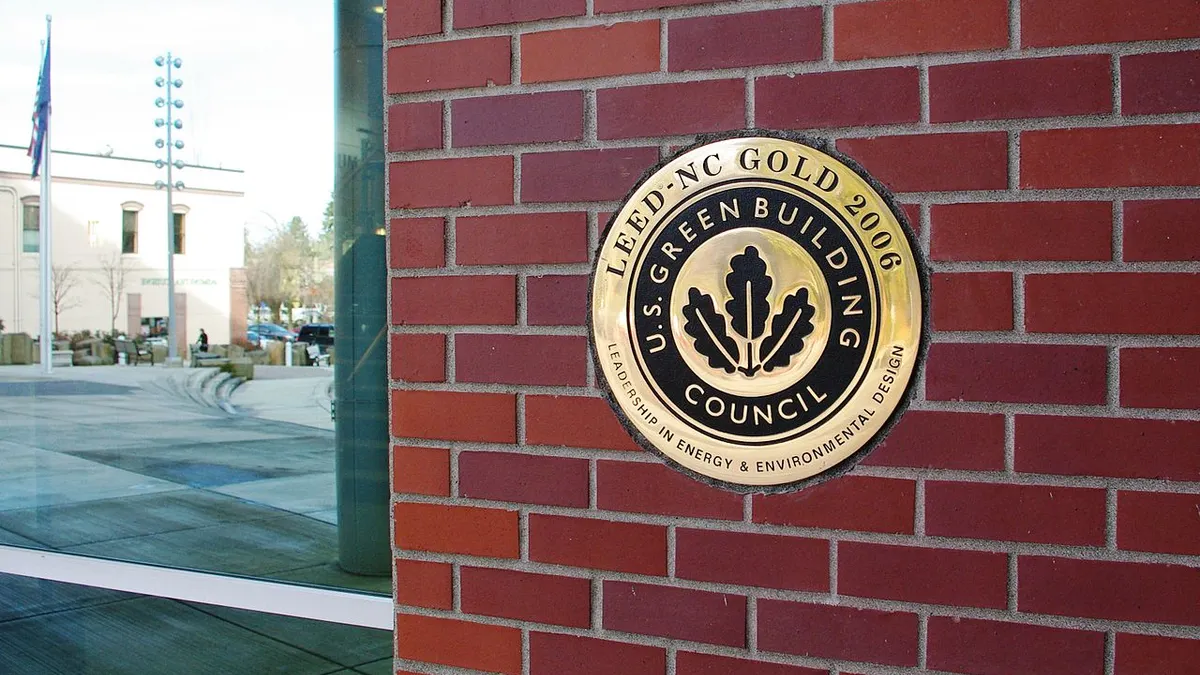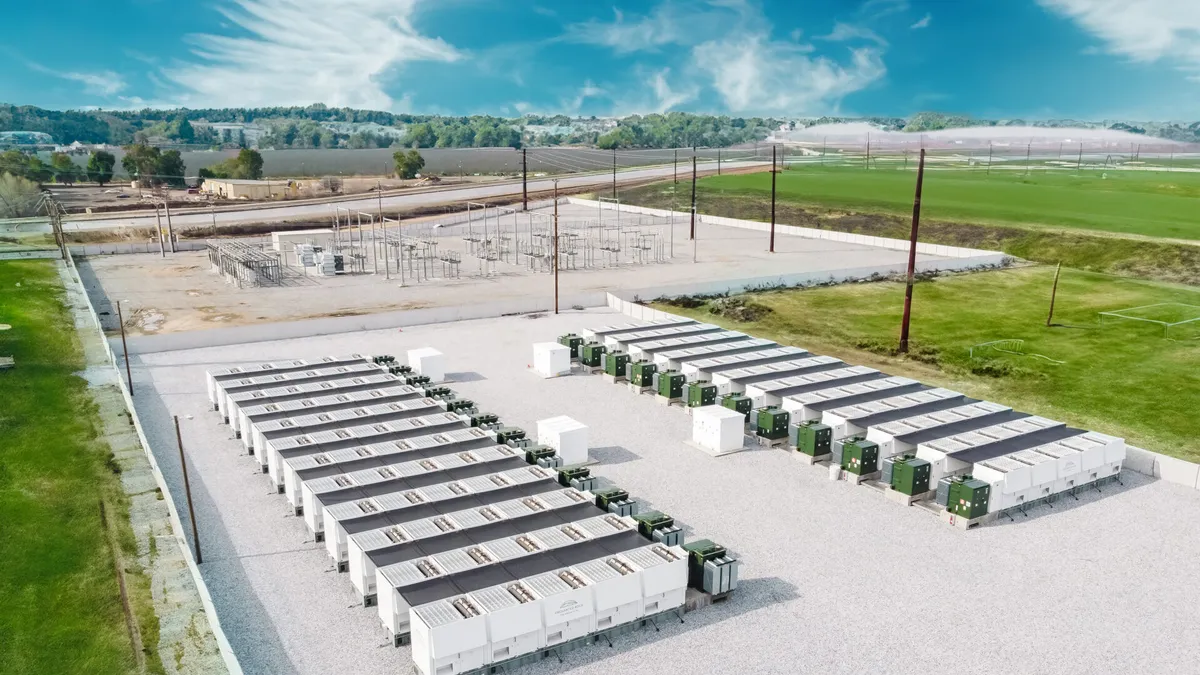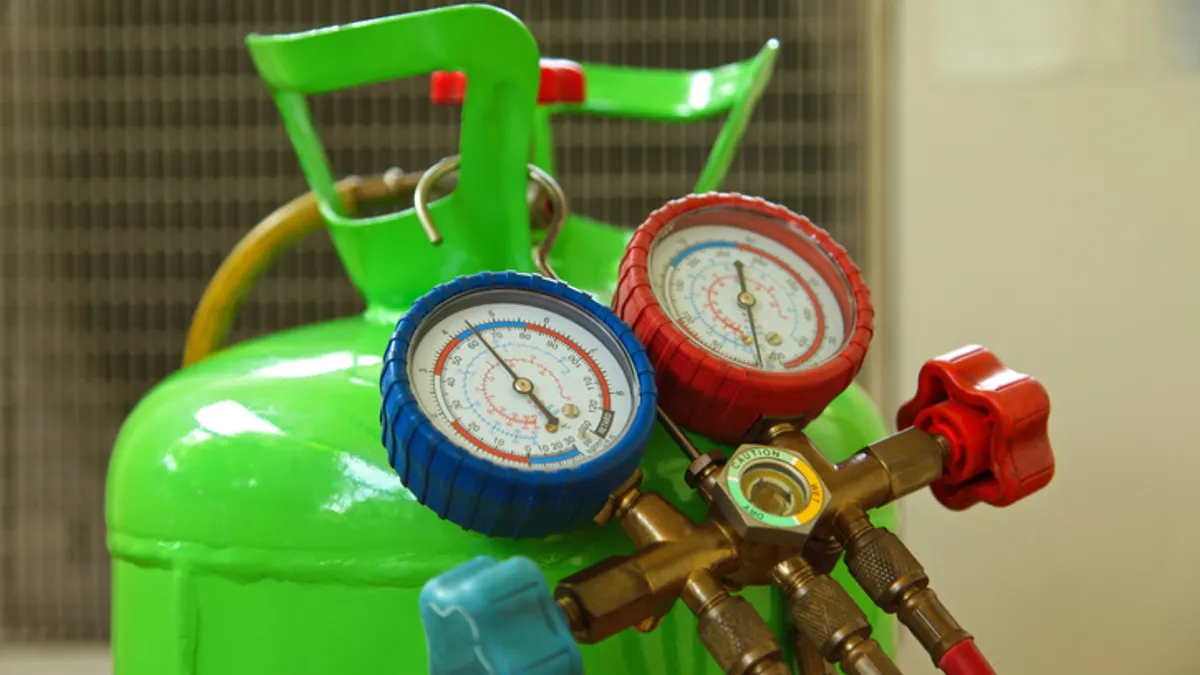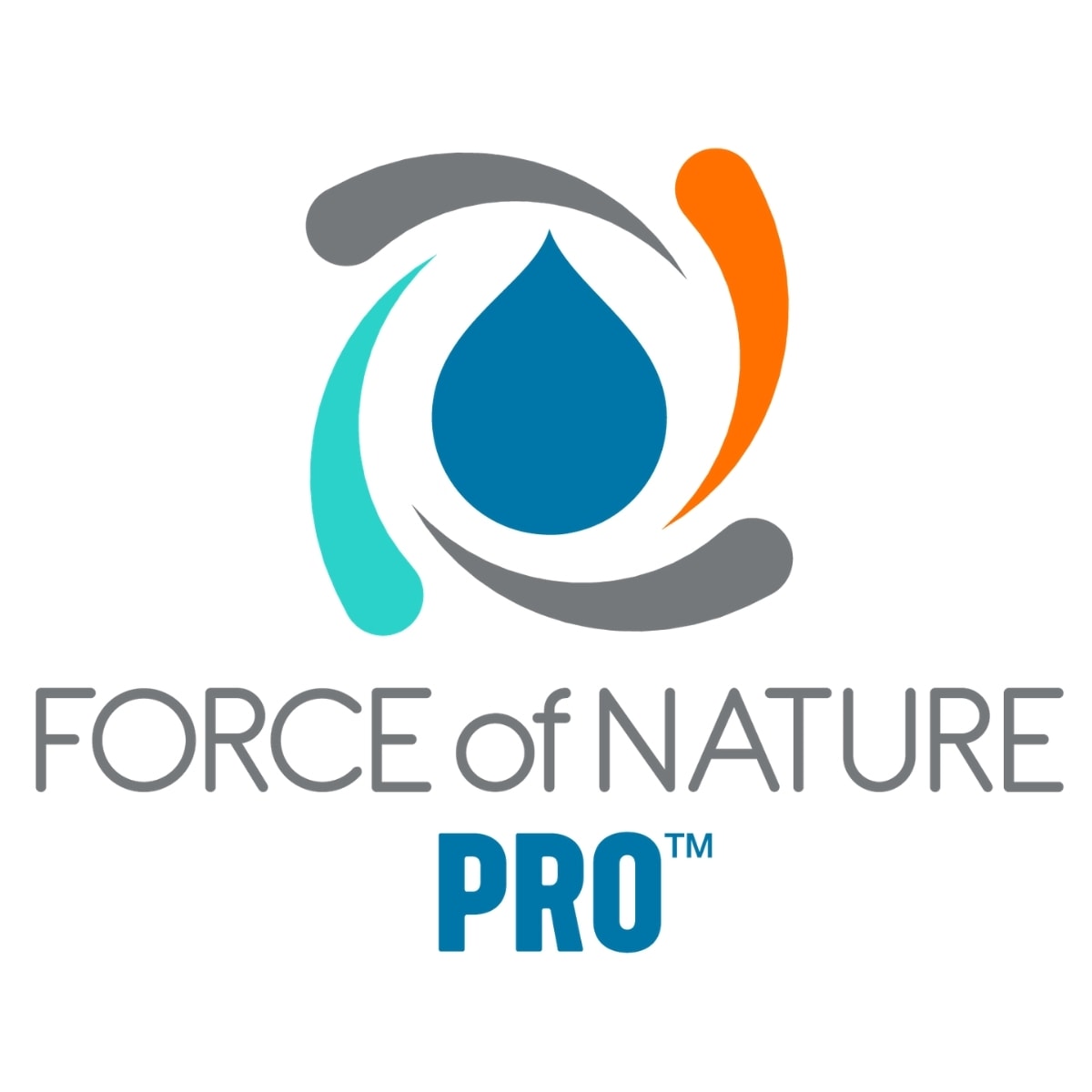LEED v5, the newest version of the U.S. Green Building Council’s green building rating system, launched at the end of April, ushering in a number of changes that could affect facility managers and building operators working to become certified under the system.
The U.S. Green Building Council created the LEED rating system 25 years ago as a global benchmark for buildings to reduce their environmental impact. Almost 200,000 projects have been certified worldwide, according to an impact report USGBC released in November.
After a public comment period on a beta version which began in 2023, USGBC streamlined the rating to focus on three core impact areas, including decarbonization, quality of life and ecological conservation and restoration, per the USGBC website.
“One of the strengths of the LEED rating system in general is the holistic nature,” Kat Wagenschutz, director of existing buildings at USGBC, told Facilities Dive. “We’re not just looking at resource efficiency, but there is a strong health component that is reflected in O+M in the points weighting.”
LEED for Building Operations and Maintenance, or O+M, is applicable to existing building projects focused on operational improvements. It focuses on whole buildings that have been fully operational and occupied for at least one year, according to a USGBC reference guide to LEED v5.
The O+M rating contains 26 points, with about quarter of those dedicated to indoor environmental quality. “We're making some really cool strides in how we're looking at indoor air quality and encouraging continuous monitoring, which is just making some headway into existing buildings,” Wagenschutz said.
Facilities managers will need to be involved in certification planning due to heightened focus on continuous monitoring. It’s expected to take about 10 months to get green certified under LEED v5, David Adler, an asset and sustainability consultant at UL Solutions, said in a February webcast.
The organization introduced a Facility Stewardship Performance credit that looks at the overall maintenance level of the facility, as well as cleanliness. Both are an indication, not only of how well the facility is maintained, but the health of the indoor environment of the facility, Wagenschutz said. USGBC also continued to incorporate an occupant experience performance credit, which uses a survey to create a feedback loop on if the occupants are comfortable or if there's any issues with the indoor environment in the building, she said.
“We tried to move out anything that was more [buildings design and construction], which had probably been there for a while. We really wanted to focus on what the operations team had control of,” Wagenschutz said. “We also focused on things that are easier to implement, on a shorter timeline, or don't need heavy investment of resources, and then we also wanted to really optimize what was in the rating system so there's not a lot of overlap.”
For example, if there is a performance-based credit, like optimizing energy performance, the organization removed confusion around “double dipping” with strategies that would overlap with recognizing that performance, Wagenschutz said.
There was also a large push to add support for operations and maintenance staff, according to Wagenschutz. “We made some shifts as far as there's an operations assessment and policy, and we added a prerequisite for human impact. There's [also] a credit for ensuing worker safety and training,” she said. “We really created a focus area on having the operations and maintenance staff evaluate the safety, the welfare, and even the pay rate of the O+M staff, especially those that are low-wage workers on site, to make sure that they're in a safe environment and that they're trained to work safely.”
Differences from v4.1
For project teams that are familiar with previous versions of the rating system, there is also a much larger push for transparency, said Wagenschutz, noting the calculations for determining how a project is performing “is completely transparent and not dependent on Arc, where that was not the case in v4.1.” The Arc platform was a system that previously provided users with operational scores based on operational performance, according to its website.
“Our performance metrics are now not only transparent, but they're actionable, so project teams will know how to raise the bar and improve,” Wagenschutz said.
Further, USGBC added a number of prerequisites related to its Platinum-level certification to ensure the highest quality of projects. “We wanted to define Platinum not only by achieving 80 points, but that these projects are really leaders in the areas of decarbonization and energy efficiency. So you'll see that in the rating system,” she said.
Wagenschutz added that those familiar with previous versions should also pay close attention to the addition of the resilience human impact credit and the shift in focus toward what “facilities teams have control of, and maximizing the impact that they have on their facility.”
Waste management is also a heightened focus in the new version, Alyssa Rueda, an asset and sustainability associate consultant at UL Solutions, said during the company’s webinar. “Given such a massive emphasis on waste diversion … make sure you have some form of waste tracking or regular waste audits in place,” Rueda said. “V5 will be looking for this to develop a baseline.”




















